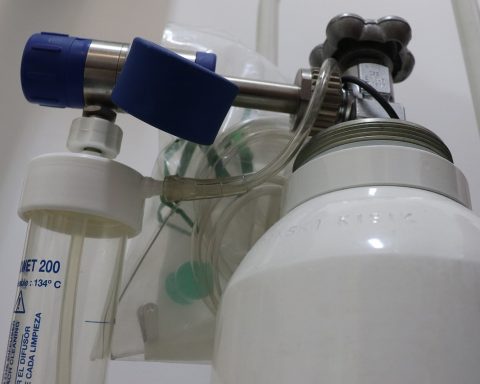Mothers of premature children are often understandably concerned about whether or not their babies are growing normally, especially when it comes to the baby’s head size.
Early postnatal head growth failure is a common occurrence among extremely preterm infants. Head circumference is associated with brain volume and later neurological development outcome, so this is a major concern. Head growth failure seems to be closely related to the premature newborn’s dependence on parenteral nutrition (intravenous feeding) during the first month of life.
A premature baby may be unable to feed through the mouth because he or she still does not know how to swallow, the gastrointestinal tract is too immature, or some disease prevents it. In that case, nutrients are administered intravenously or even through a catheter located in the baby’s umbilical cord. This intravenous food is composed of lipids (fat), proteins, carbohydrates (sugars), and other nutrients the baby needs.
A Parenteral Nutrition Study
A group of researchers from several hospitals in the United Kingdom conducted a study titled “Postnatal Head Growth in Preterm Infants: A Randomized Controlled Parenteral Nutrition Study,” in which they modified the parenteral nutrition of hospitalized premature babies in order to observe its effects on the development of the cephalic perimeter and brain volume.
The researchers developed a new, more nutritious mixture for parenteral nutrition, in which they increased the amount of proteins, lipids, and glucose to raise the amount of calories administered. Then, they selected infants at a Liverpool hospital who were born at less than twenty-nine gestation weeks and who weighed less than 1,200 grams. The study began once the researchers obtained parental consent for 150 eligible infants.
The babies were admitted to the neonatal intensive care unit and randomly assigned into one of two groups. The first group received the new parenteral nutrition formula, and the second group received the standard parenteral nutrition formula. Seventy-four infants were sorted into the new-formula group, and seventy-six infants were placed in the standard-formula group.
The researchers considered multiple variables, such as birth weight, number of gestation weeks, gender, mode of delivery (i.e., caesarean delivery or not), the use of antenatal steroids, surfactant requirements, and nutritional factors. They collected data on protein intake, calorie intake, head circumference, weight, and major complications. The data was recorded weekly until the twenty-eighth day, and then the two groups were compared.
Findings
The children’s development was observed for four weeks, and the data was analyzed later. In the new-formula group, eight infants did not make it and died before the end of the four-week period. In the standard-formula group, seven deaths occurred before the end of the study period.
During the twenty-eight-day period, the new-formula group received 11 percent more protein and 7 percent more calories. The infants in the new-formula group also had a higher rate of head growth compared with the standard-formula group. The estimated brain weight was also 6 percent higher in the new-formula group than in the standard-formula group.
No statistically significant differences were found between the weight of both groups or in the presence of major complications.
What Do the Findings Mean?
These results show that the new parenteral nutrition formula increases protein and caloric intake in premature children, improving head circumference and estimated brain weight.
It is necessary to follow up with these children for months or years to find out if there are differences in neurological development between both groups or some other important change that cannot be determined so early. However, the results are encouraging and suggest that pediatricians and neonatologists should try this new formula.
Reference
Morgan, Colin, Patrick McGowan, Shakeel Herwitker, Anna E. Hart, and Mark A. Turner. “Postnatal Head Growth in Preterm Infants: A Randomized Controlled Parenteral Nutrition Study.” Pediatrics 133, no. 1 (2014): e120–e128. Retrieved from http://pediatrics.aappublications.org








